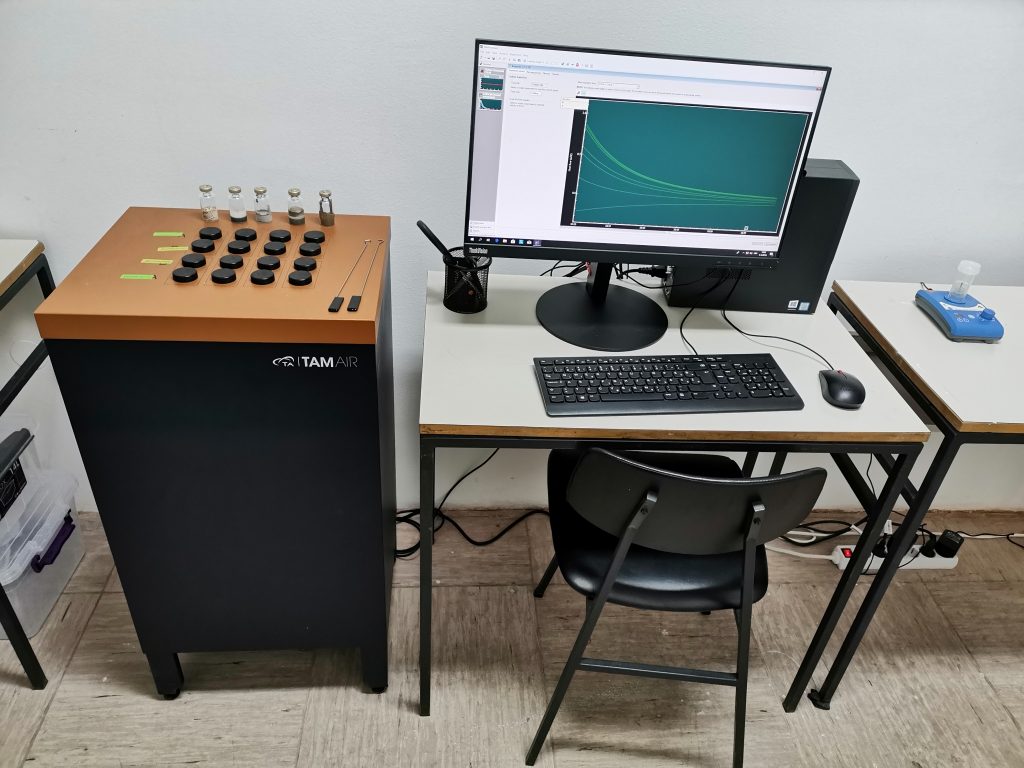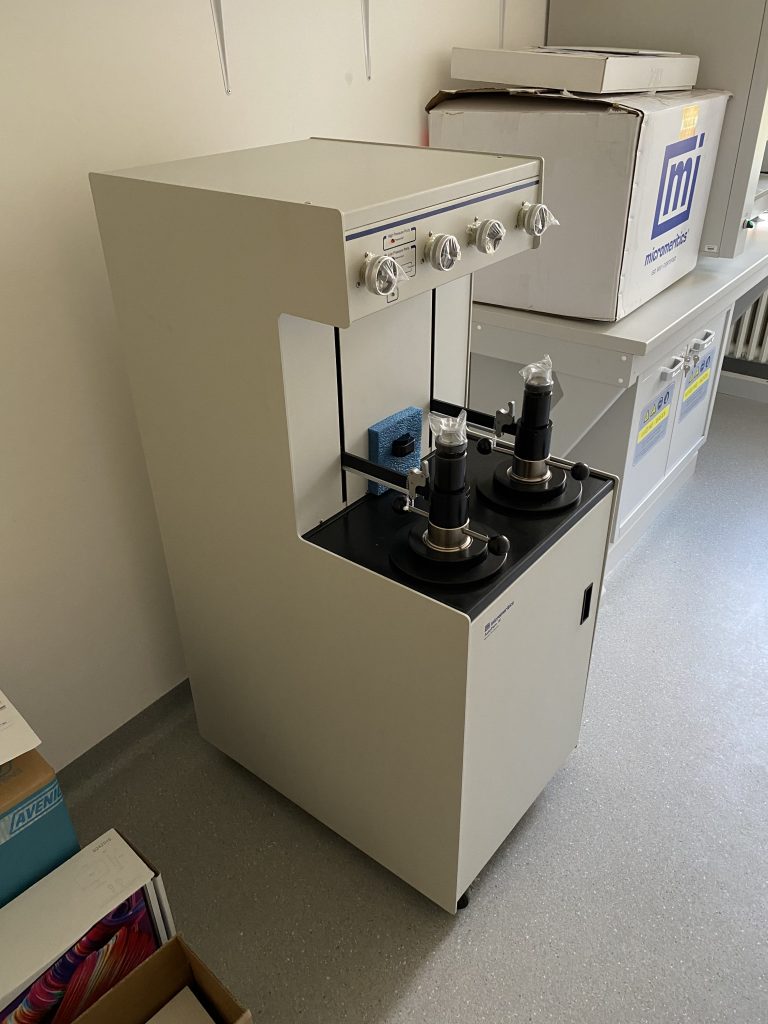
Mercury Intrusion Porosimetry is used to measure the porosity and pore size distribution of cementitious material. It is a fast method that allows obtaining information about the structure of the pores. A mercury porosimetry can measure the pore diameter, which varies from 0.001 µm to 1000 µm depending on the pressure used to inject the mercury.
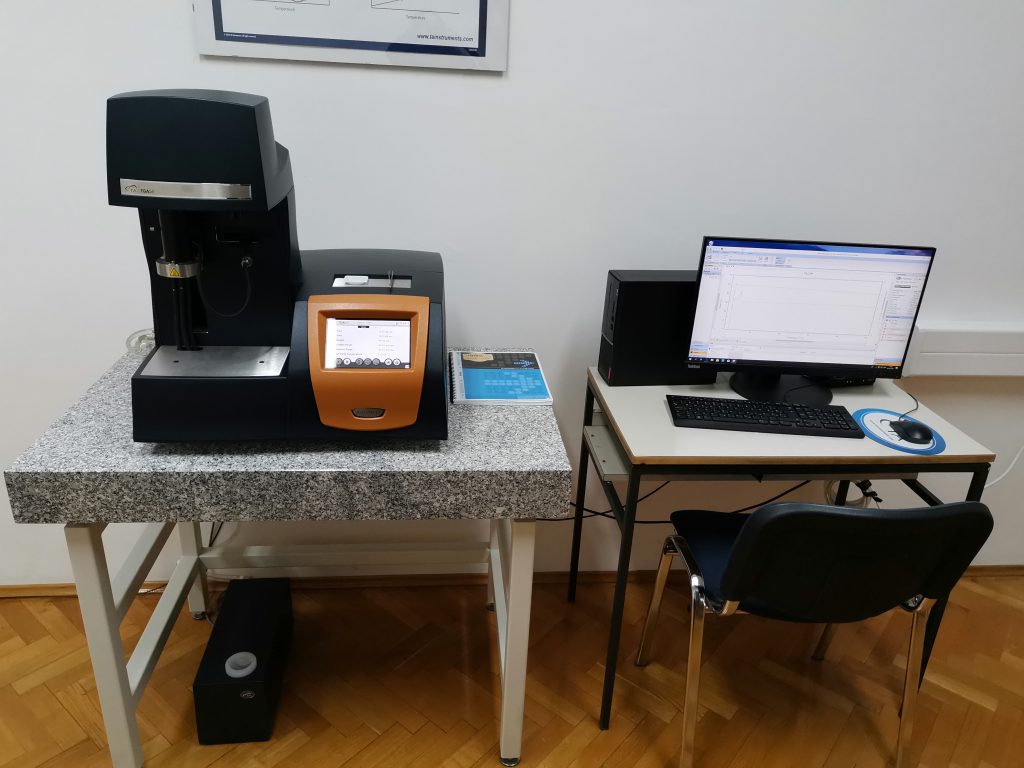
Thermogravimetric analysis (TGA) is an analytical technique used to determine a material’s thermal stability and its fraction of volatile components by monitoring the weight change that occurs as a sample is heated at a constant rate. TGA is commonly employed in research and testing to determine characteristics of materials, to determine the rate of degradation, absorbed moisture content of materials, the amount of inorganic and organic components in materials or the kinetics of a reaction based on weight changes.
ISOTHERMAL CALORIMETRY is an air-based thermostat, utilizing a heat sink to conduct the heat away from the sample and effectively minimize outside temperature effects. It is an efficient tool to study the stages related to the hydration of cement pastes or mortars at constant temperature. The calorimeter continuously measures and displays the heat flow related to the hydration reactions taking place in the cement paste after mixing.
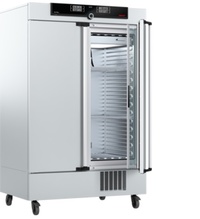
Climate chamber with CO2 control is used to find out which characteristics concrete needs to have to minimise carbonation. Standard concrete structural components have a service life of at least 50 years. Corrosion of the steel reinforcement in concrete caused by its exposure to CO2 (carbonation) can shorten the service life.
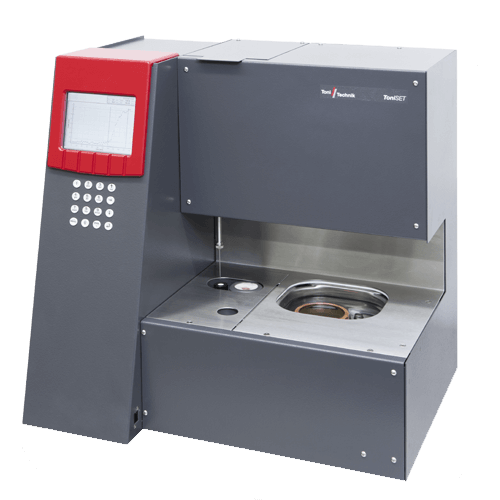
Automatic Vicat needle instrument provides two or one measuring station for the determination of the setting characteristics of binding materials, preferably of:
- Cement according to EN 196 and ASTM C 191
- Gypsum according to EN 13279 and ASTM C 472
- Mortar according to EN 480 and ASTM C 807
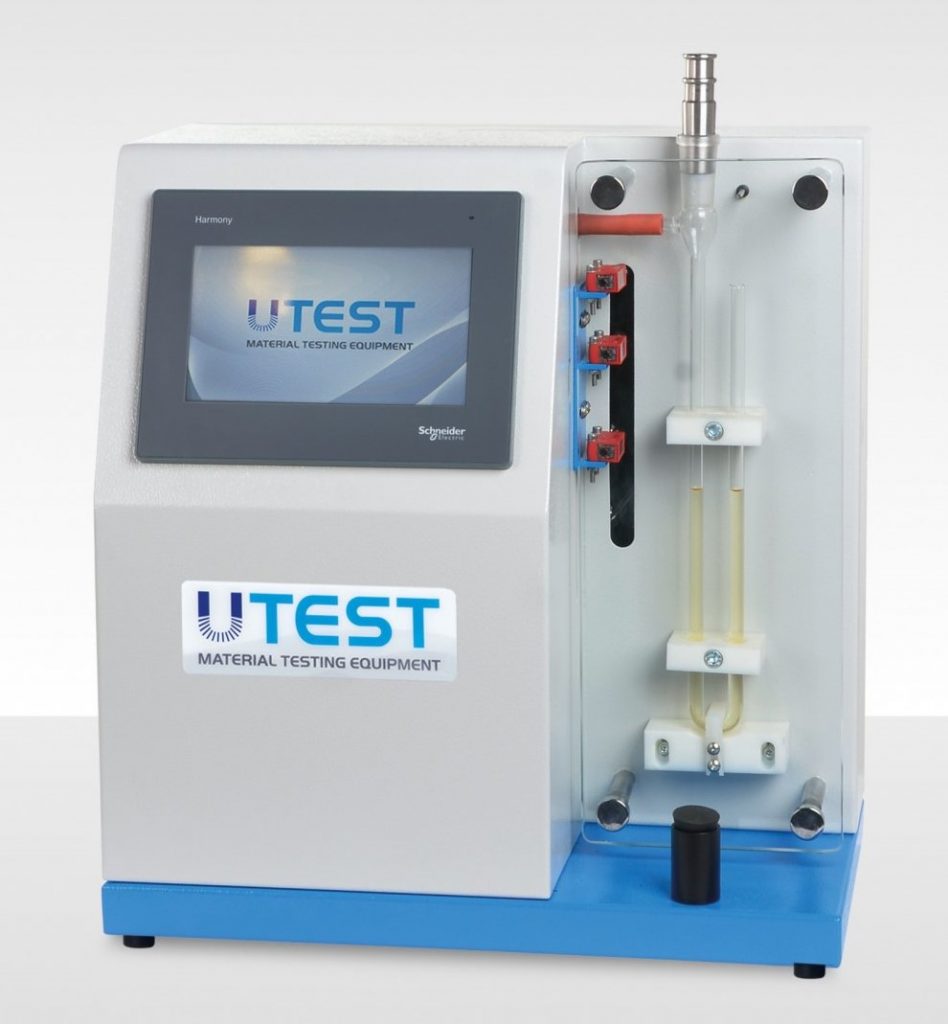
Automatic Blaine Air Permeability Apparatus performs the test for determining the fineness of cements, limes and similar powders expressed in terms of their specific surface according to the above testing standards. The fineness of cement can be automatically measured as specific surface by observing the time taken for a fixed quantity of air to flow through a compacted cement bed of specified dimensions and porosity.
